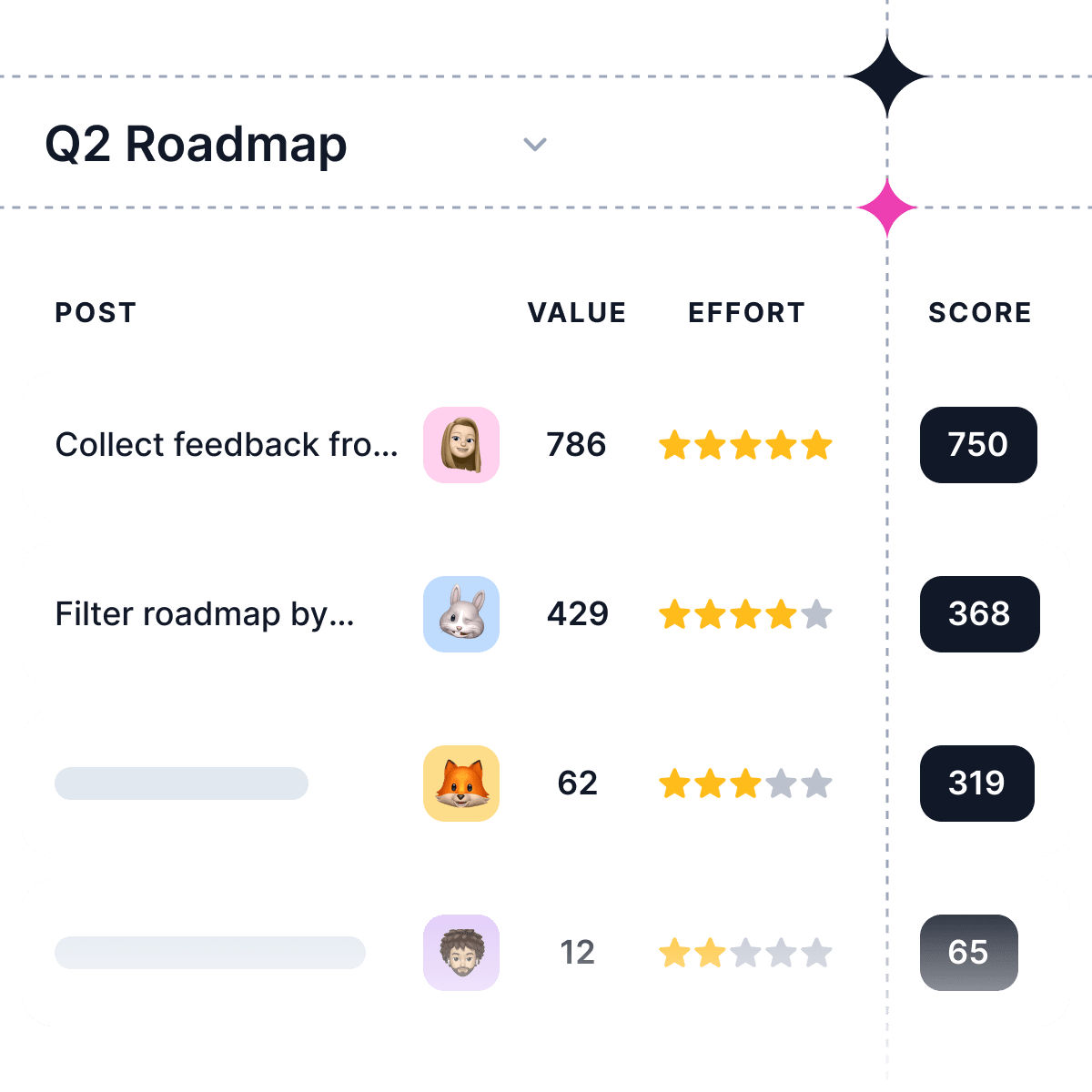Waterfall methodology is a type of project management that has been around since the 1960s.
It's been around so long that you might be wondering: is waterfall methodology still relevant?
The answer is yes!
The waterfall methodology isn't going anywhere and it shouldn't.
Waterfall methodology is a project management approach that has been around since the 1960s, and it’s still used today. It’s one of the most popular approaches to project management because it reduces complexity by breaking down large projects into smaller phases and tasks, making them easier to manage.
Waterfall project management is a way of approaching projects where you start with the end goal in mind, take small steps toward achieving that goal, and evaluate how well you did as you go along. The idea is that if you do everything right up front (like planning), then things will go smoothly during the rest of the project and it's easier to see where things are going wrong when they do go wrong. This is because the entire project has already been broken down into smaller pieces.
What is Waterfall Project Management?
Waterfall project management is a sequential, linear process that involves completing one phase of a project before moving on to the next. This methodology emphasizes thorough planning, documentation, and a clear understanding of requirements before any work is initiated. The waterfall approach is best suited for projects with well-defined requirements and a stable scope.
The Waterfall Methodology is a popular, linear project management method that uses defined stages for the development and implementation of new projects. It's used to develop software and hardware, products, services, processes, or websites (including mobile apps).
The Waterfall Methodology is also known as the “sequential lifecycle model” or “linear lifecycle model”. It has a clearly defined structure and set of steps. The Waterfall Methodology is often used in software development projects because it helps organize different teams and resources.
Difference Between Waterfall and Agile Project Management
The main difference between waterfall and agile project management is that a waterfall project is done in a single phase, while agile projects are done in multiple phases.
The waterfall method is a single-phase process that is often used in large projects that have many different stakeholders or where deadlines are very important.
In agile project management, each phase has its own set of tasks that need to be completed before moving on to the next one. This makes it easier to see what has been done so far, and it allows stakeholders to provide feedback at any point in the process.
|
|
Agile Project Management |
Waterfall Project Management |
|
Process Type |
Multiple phase process |
Single phase process |
|
Structure |
More flexible, allowing for changes in scope or direction throughout the project |
Rigid and structured |
|
Timeline |
Requires more time spent on each stage of development |
Allows for more control over project timelines and costs |
|
Adaptation |
Can adapt to changing circumstances |
Cannot adapt to changing circumstances |
|
Focus Area |
Focuses on delivering results early |
Focuses on breaking down a project into small steps that are completed one at a time. |
5 Phases of Waterfall Project Management
The waterfall model is divided into several phases, each of which has specific deliverables and objectives. These phases are:
Step 1:Define requirements.
Step 2:Design the solution
Step 3: Implementation or Build the solution.
Step 4: Test the solution.
Step 5: Deployment and Maintenance.
Explaining in detail the five common waterfall methodology stages:
1) Define requirements
This phase involves gathering and documenting the requirements of the project through various methods such as interviews, surveys, and workshops. These requirements will serve as the foundation for subsequent phases, ensuring that the project team fully understands the scope and goals of the project. A clear and complete set of requirements is essential for the success of any project.
2) Design the solution
During this phase, the project team develops a detailed design for the project, including system architecture, user interfaces, and database structures. This process involves creating mockups, flowcharts, and diagrams to help visualize the final product. The design phase is crucial for translating the requirements into a functional and efficient solution, taking into account factors such as performance, security, and scalability.
3) Implementation or Build the solution
This phase involves writing the code and creating the software or product based on the design from the previous phase. Developers work closely with the design team to ensure that the final product adheres to the specifications and meets the project's requirements. This phase may also involve integrating the new product with existing systems or technologies.
4) Test the solution and fix bugs (quality assurance)
The project team tests the product to ensure that it meets the requirements and functions as intended. This phase involves various types of testing, such as unit testing, integration testing, and system testing, as well as user acceptance testing to confirm that the product meets the needs of the end-users. Testing is critical for identifying and resolving any bugs or issues before the product is deployed.
5) Deployment & Maintenance
The product is deployed to the end-users or clients, and any necessary training or support is provided. This phase may involve installing the product on the client's systems, configuring settings, and providing documentation or training materials. The deployment phase is essential for ensuring a smooth transition and successful adoption of the product by the users.
The project team addresses any issues or defects that arise after the product has been deployed, ensuring that it continues to function effectively. This phase may involve bug fixes, updates, and enhancements to address evolving user needs or changes in technology. Regular maintenance is crucial for the long-term success and reliability of any software or product.
Pros of Waterfall Methodology
The main benefit of using the waterfall methodology is that they are considered more thorough than other processes because they ensure that all requirements have been met before moving on to subsequent stages in development. Here are some more benefits of the waterfall methodology:
-
It's easy to understand and use.
-
It's simple, so it doesn't require much training or education to get started using it.
-
Teams can work independently on each step without worrying about what other teams are doing or how their work is going to impact another team's work in later steps.
-
There are no surprises you know exactly what you're getting when you start working on your project. You know exactly what you need to do, so there aren't any surprises along the way (good or bad).
-
It provides clear accountability if something goes wrong at any point in the process, you'll know exactly who's responsible for fixing it (and they'll have no one else to blame).
-
Because of its structure, the waterfall methodology can be used by small companies with limited resources and large companies with huge teams of developers working on multiple projects at once.
In a nutshell, waterfall methodology gives you a clear vision of your project's requirements. You know exactly what needs to be done and when it needs to be done. You also have a clear path for how each step can be completed, so there isn't much room for error!
Cons of Waterfall methodology
The Waterfall methodology has many advantages, but it also has some drawbacks.
Waterfall methodologies tend not to be as flexible as other methods and they may take longer than expected due to their strict adherence to procedures
Cons and reasons the waterfall method is falling out of favor:
-
Doesn't allow for changes in scope or direction during the project (you can't pivot!)
-
Lacks flexibility, which means that it's not ideal for projects that require multiple iterations or changes in direction
-
Can be difficult to scale up
-
Doesn't lend itself well to distributed teams
-
Can be difficult to estimate and track progress
-
Doesn't provide a clear path for testing and integration
In a nutshell, waterfall methodology can lead to missed deadlines and unrealistic expectations from leadership teams who are used to seeing projects completed on time every time (this will not always be the case with waterfall methodology).Who uses the waterfall model?
The Waterfall model is used by many companies to manage their software development projects. It's a way of breaking down the phases of a project from conception to completion and making sure that each phase is completed before moving on to the next phase.
This can be useful for companies that need to keep track of their progress and make sure everyone is working towards the same goal.
The Waterfall model works well when you know what your final product will look like before you start building it. The Waterfall model is also good for projects that need to be completed by a deadline.
If you're looking for a simple, straightforward methodology for building software, the Waterfall model is a good choice. It's also one of the most commonly used models in the industry today.
But if you're working on something where there are many unknowns, or if you need to be able to pivot quickly and change direction mid-stream, then this model may not be right for you.
How we can improve the waterfall model?
The waterfall model, a traditional linear approach to software development, has its limitations. However, it can be improved by incorporating certain practices and modifications:
-
Iterative Approach: Break the project into smaller, manageable iterations and apply the waterfall model to each iteration. This allows for more flexibility and better control over project management.
-
Feedback Loops: Introduce feedback loops between different phases of the model to allow for better communication and adjustments based on previous phases' results.
-
Risk Management: Incorporate risk management practices throughout the development process to identify, assess, and mitigate potential risks early in the project lifecycle.
-
Parallel Development: Allow certain development activities to occur concurrently rather than strictly sequentially. This can help save time and increase efficiency.
-
Continuous Integration: Implement continuous integration practices to detect integration issues early and minimize rework.
-
Documentation Improvement: Ensure comprehensive and updated documentation is maintained throughout the project, which helps in better communication among team members and future maintenance efforts.
-
Customer Involvement: Engage customers or stakeholders regularly to gather feedback on requirements and design decisions, helping to reduce misunderstandings and the need for major changes later in development.
-
Quality Assurance: Implement quality assurance practices such as testing, code reviews, and performance evaluations at each stage of the development process to ensure high-quality software.
Conclusion
In conclusion, the Waterfall project management methodology has its merits and drawbacks. Its structured approach can be beneficial for well-defined projects with clear requirements and stable scope, making it easier for teams to understand and manage their tasks. However, its inflexibility and lack of adaptability can pose challenges in today's fast-paced and ever-changing project landscapes.
To make the most of the Waterfall methodology, consider incorporating improvements such as iterative approaches, feedback loops, and risk management practices to enhance its effectiveness. Ultimately, the choice of project management methodology should be based on the specific needs and constraints of your project, ensuring a streamlined and successful development process.






